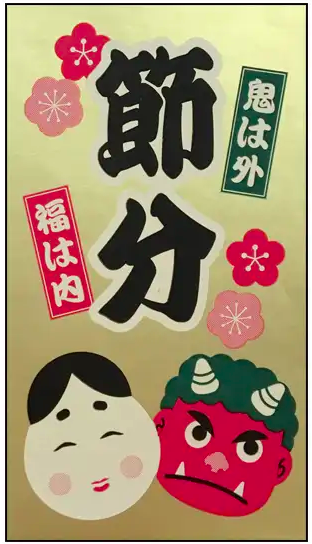
by Elizabeth Andoh | Jan 28, 2025 | Culture, Holiday, Kitchen PROJECTS, Winter
Bean-Throwing for Setsubun Mamé maki (bean-throwing for Setsubun) tosses ogres outside (with dried beans) and brings good fortune inside (with dried beans). Fuku mamé (dry-roasted “good luck” soybeans) can be black or white (beige, really). FUKU wa...
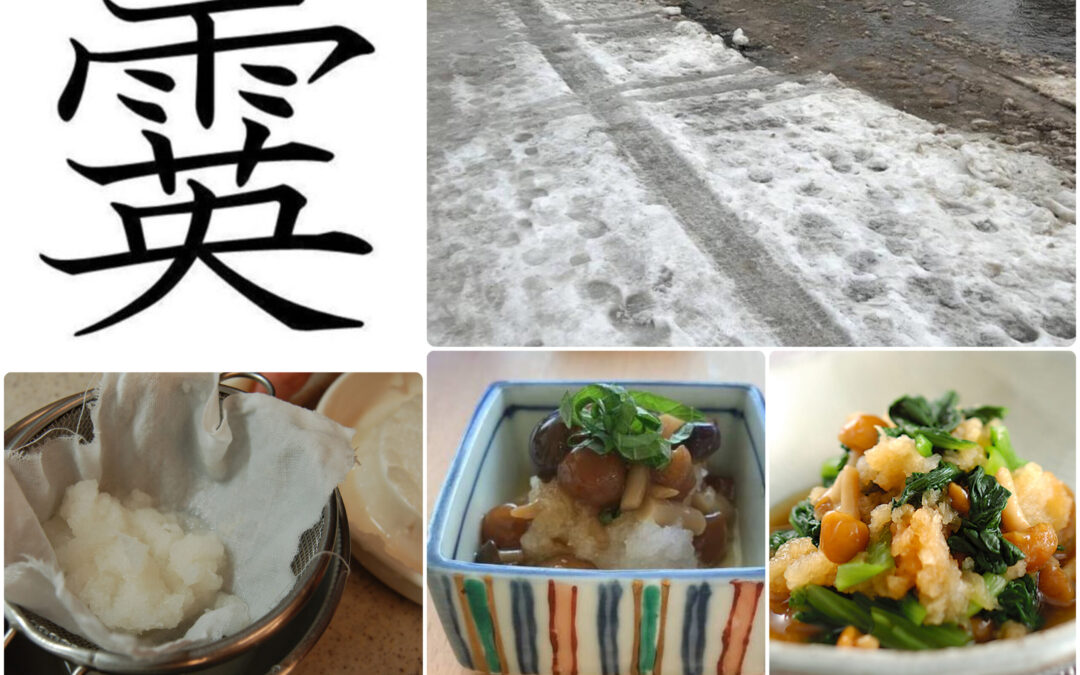
by Elizabeth Andoh | Jan 28, 2025 | Kitchen Culture, Winter
Winter weather reports predicting SLEET (mizoré), are rarely welcome news. After all, the bone-chilling mixture of rain and snow is messy under foot and creates hazerdous road conditions. But when mizoré appears on a menu, it conjurs up tasty fare. Snowy white daikon...
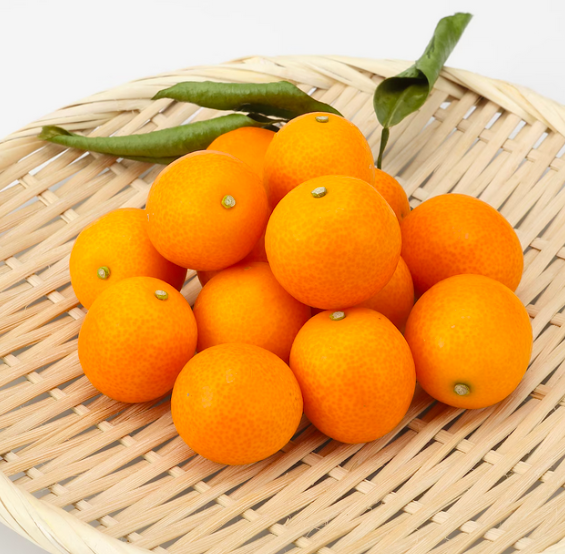
by Elizabeth Andoh | Dec 11, 2023 | Kitchen Culture, Winter
Kumquats are called kinkan 金柑 in Japanese, meaning “golden citrus.” The fruit is native to south-east China where they have been cultivated for hundreds of years, though the scientific name is Citrus japonica. There are dozens of varities of kumquats but...
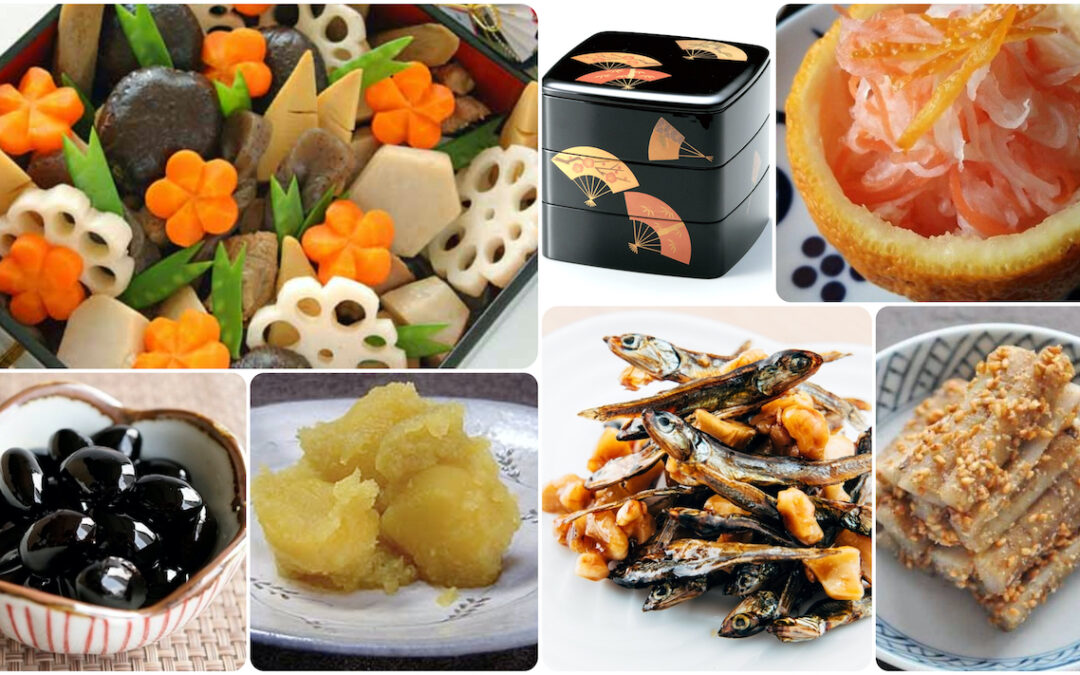
by Elizabeth Andoh | Dec 11, 2023 | Holiday, Kitchen PROJECTS, Winter
PROJECT Osechi-Making December is a busy time… The Japanese aptly call the final month of the year shiwasu, written with calligraphy for “professor” 師 and “running about in a tizzy” 走. In Japan shiwasu is a time of frenzied activity that...
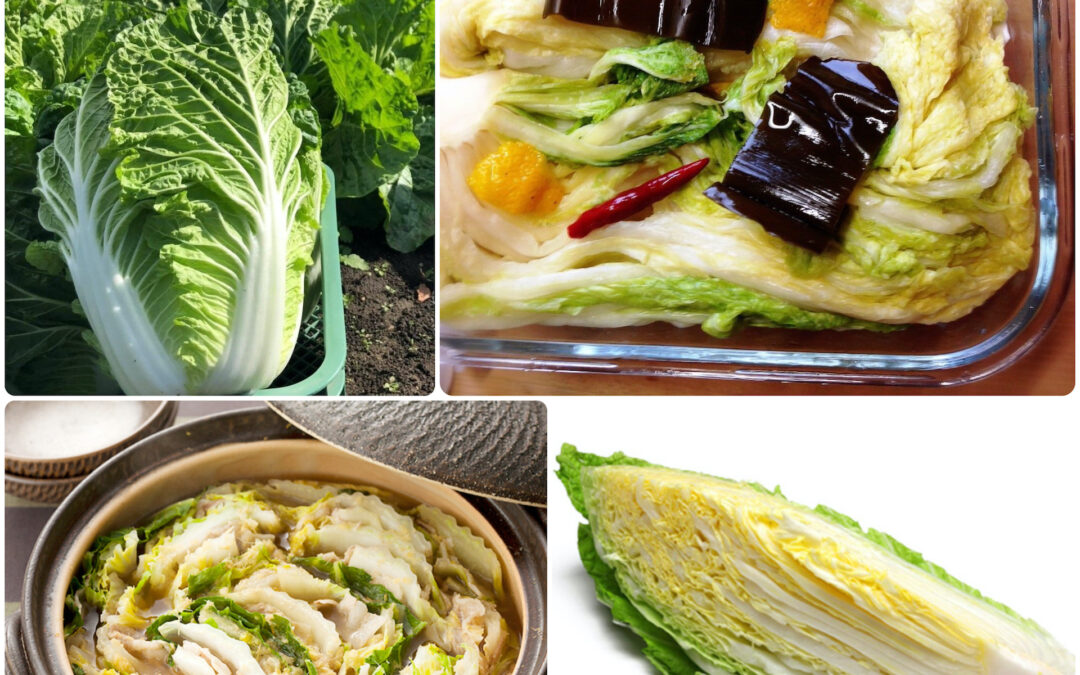
by Elizabeth Andoh | Jan 29, 2023 | Autumn, Kitchen Culture, Winter
HAKUSAI・白菜 Because hakusai is such a favorite wintertime vegetable in Japan, I assumed it had a long, deep history in Japan’s cookery. Not really. It seems that the original Brassica oleracea ancestor of hakusai is native to the Mediterranean region of Europe....

by Elizabeth Andoh | Jan 29, 2023 | Autumn, Kitchen PROJECTS, Winter
Using HAKUSAI fully A favorite wintertime vegetable in Japan, hakusai cabbages are increasingly available in Asian groceries throughout the world. A whole head averages 2 kilo (about 4 and 1/2 pounds). I encourage you to buy one (or at least a half or quarter-head...
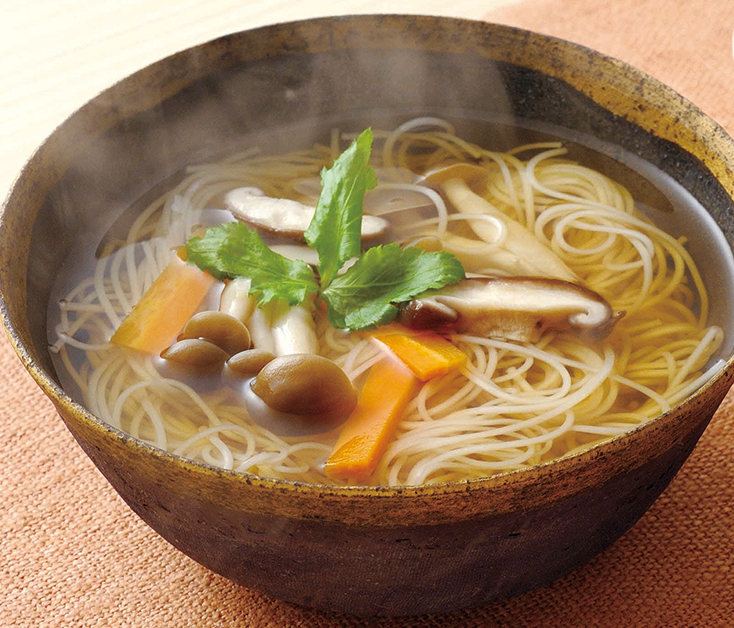
by Elizabeth Andoh | Feb 20, 2022 | Kitchen Culture, Winter
煮麺 ・NyūmenSōmen Noodles Served in Piping Hot Broth Sōmen is usually served chilled, often on chunks of ice. Dipped into a deeply flavored sauce to which condiments have been added, it becomes a survival strategy for hot, humid days. But in Kagawa Prefecture (Shikoku),...

by Elizabeth Andoh | Jan 25, 2022 | Kitchen Culture, Winter
鰤しゃぶ鍋Buri Shabu Nabé BURI (yellowtail) is fabulous in the winter! If you can source top-quality tenderloins of fish, you could opt for luscious slices of sashimi. Though my favorite way to enjoy fresh buri is swished-through-bubbling-broth buri shabu nabé – barely...

by Elizabeth Andoh | Jan 25, 2022 | Kitchen PROJECTS, Tabletop, Winter
Swished-through-bubbling-broth Buri Shabu Nabé (left) and Shōjin Shabu Nabé (right) しゃぶしゃぶ鍋Shabu Shabu Nabé This Kitchen PROJECT is about making Shabu Shabu Nabé hot-pots in YOUR kitchen. The Japanese have a fondness for naming dishes with onomatopoeia. The name shabu...
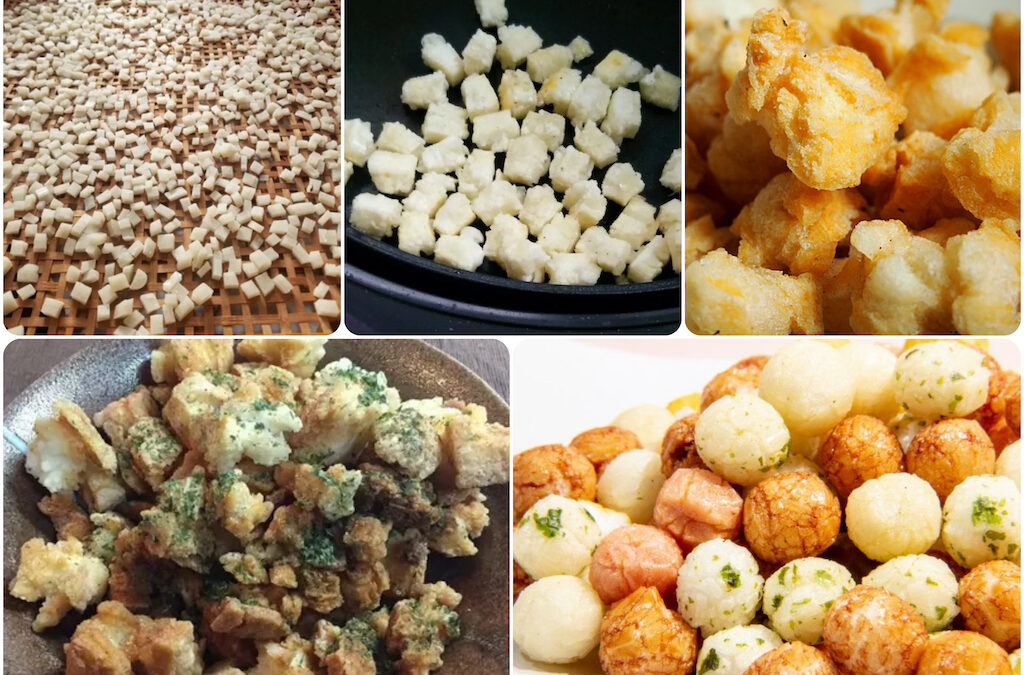
by Elizabeth Andoh | Jan 8, 2022 | Culture, Kitchen PROJECTS, Winter
PROJECT Rice Snacks Crisp-and-Crunchy Rice Snacks are a delicious way to use up leftover omochi. Inevitably after the New Years holidays pieces of omochi remain uneaten. Dried and cracking they can be repurposed into tasty ARARÉ. This Kitchen PROJECT is about making...
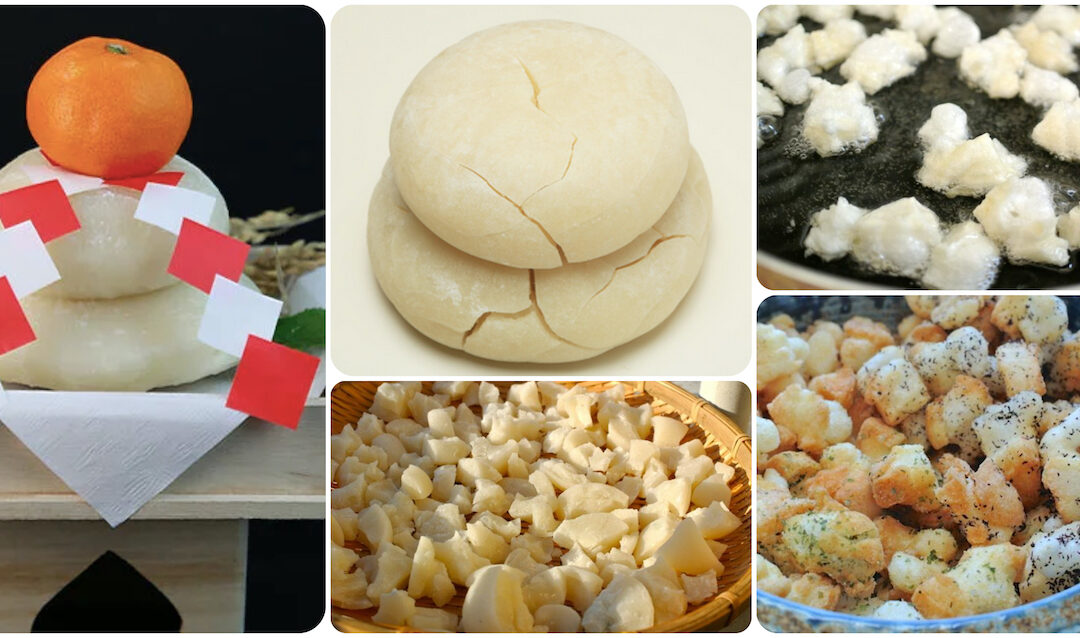
by Elizabeth Andoh | Jan 6, 2022 | Kitchen Culture, Winter
あられ・霰・ARARÉCrisp-and-Crunchy Rice Snacks When listening to the weather report araré means “hailstones” but in the kitchen (or other culinary setting) it means “small cubes” or fine-diced omochi (sticky rice) that has been fried or baked. No doubt the origin of this...

by Elizabeth Andoh | Dec 29, 2021 | Kitchen Culture, Winter
お雑煮Ozōni “Honorable Miscellany Stew” Served for brunch on Gan Jitsu (New Year’s Day), and on many chilly winter mornings thereafter, ozōni is enjoyed throughout Japan. The name of the dish is rather straightforward and descriptive: the “o” is an honorific...
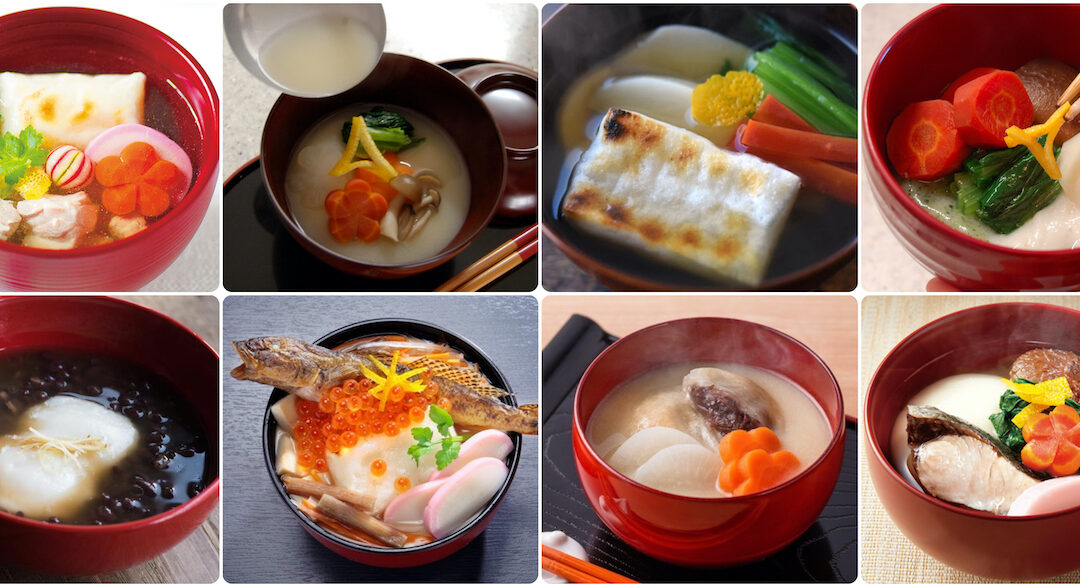
by Elizabeth Andoh | Dec 29, 2021 | Culture, Holiday, Kitchen PROJECTS, Winter
A sampling of REGIONAL OZŌNI Top row, from left: Kanto (Tokyo area) style, Kansai (Kyoto, Osaka) style, Kanto, KansaiBottom row, from left: Tottori with adzuki-jiru, Miyagi with whole grilled goby fish, Kagawa (Shikoku) with anko-filled mochi, Hakata with buri and...
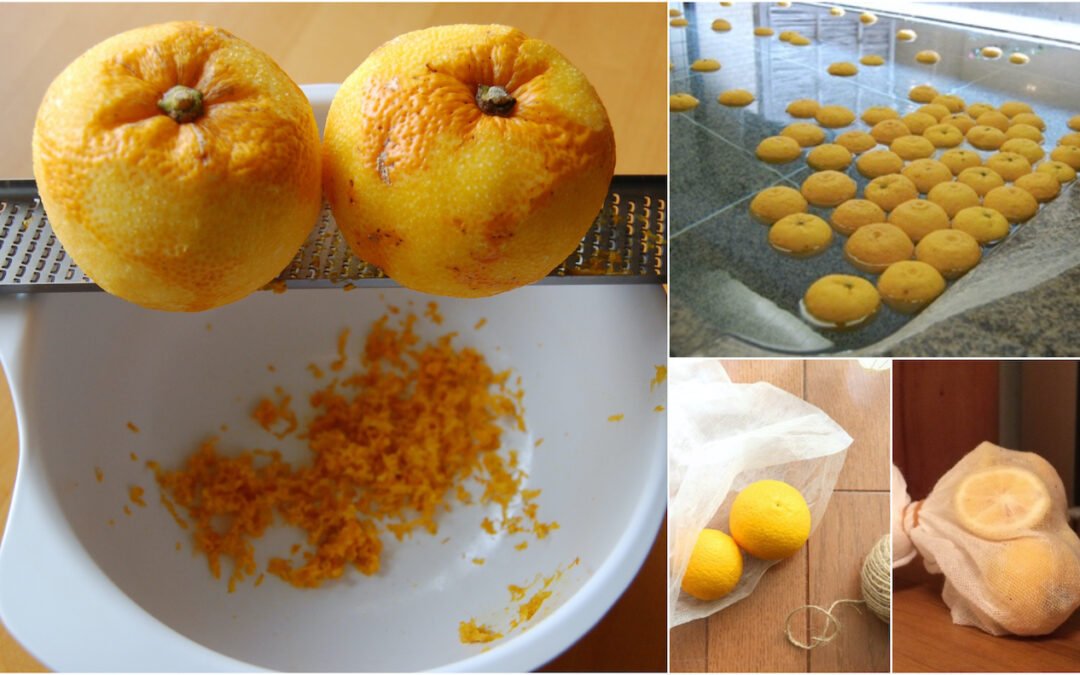
by Elizabeth Andoh | Dec 17, 2021 | Kitchen Culture, Winter
ゆず湯・Yuzu Yu Food customs in Japan often involve word-play. The winter solstice that occurs on or about December 22 is called tōji 『冬至』, literally “winter arrives.” But the word tōji can also be written as 『湯治』meaning “hot-spring cure” or...

by Elizabeth Andoh | Dec 17, 2021 | Kitchen PROJECTS, Winter
季節のゆず味噌・Kisetsu no Yuzu MisoSeasonal Citrusy Miso Sauce The Japanese delight in bringing elements — often fresh produce — of each season to table. Yuzu citrus fruits ripen from green to golden yellow as autumn turns to winter. As yuzu ripen, the...

by Elizabeth Andoh | Sep 24, 2021 | Autumn, Kitchen PROJECTS, Winter
Japanese Citrus: SUDACHI & KABOSU The Japanese have consumed a variety of citrus for millennia, enjoying both the juice and peels of the fruit. Many who reside outside Japan have become familiar with yuzu, a member of the Rutaceae (citrus) family primarily prized for...

by Elizabeth Andoh | Jan 24, 2021 | Culture, Holiday, Kitchen Culture, Spring, Winter
ONI wa SOTO FUKU wa UCHI Throw out the ogres! Bring in Good Fortune! 節分 SETSUBUN means “break between seasons” and such breaks occur many times during the year. However, today Japan celebrates the setsubun break that comes early in February and...

by Elizabeth Andoh | Jan 12, 2021 | Kitchen Culture, Winter, Year-Round
おでん ODEN Various ingredients find their way into the belly-warming stew known as oden. Most versions include myriad sausage-like items made from surimi (fish and seafood ground to a paste). Some of these are deep-fried while others are boiled, roasted, grilled or...
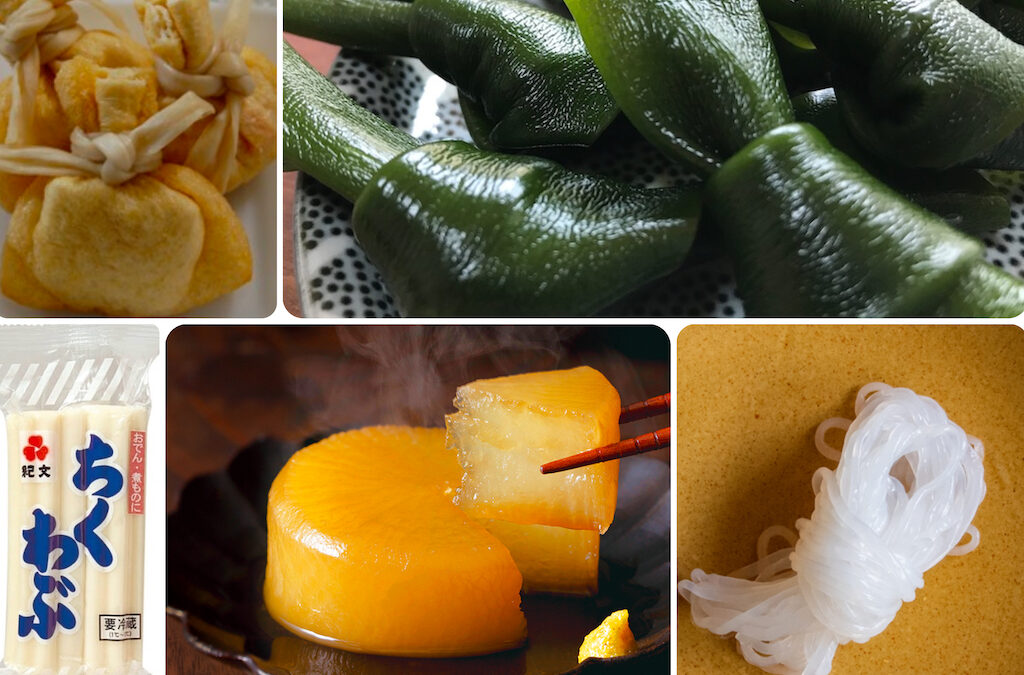
by Elizabeth Andoh | Jan 12, 2021 | Kitchen Culture, Winter, Year-Round
おでん Oden Various ingredients find their way into the belly-warming stew known as oden. Most versions include myriad sausage-like items made from surimi (fish and seafood ground to a paste). There are, however, lots of options for those who prefer plant-based items...

by Elizabeth Andoh | Dec 20, 2020 | Holiday, Kitchen Culture, Winter
田作り tazukuri ごまめ gomamé The names of many Japanese dishes employ word play; this is especially true of traditional holiday foods such as TAZUKURI. Written with calligraphy meaning “tilled fields” the fish brittle is a New Year delicacy that symbolizes fertility and...





















